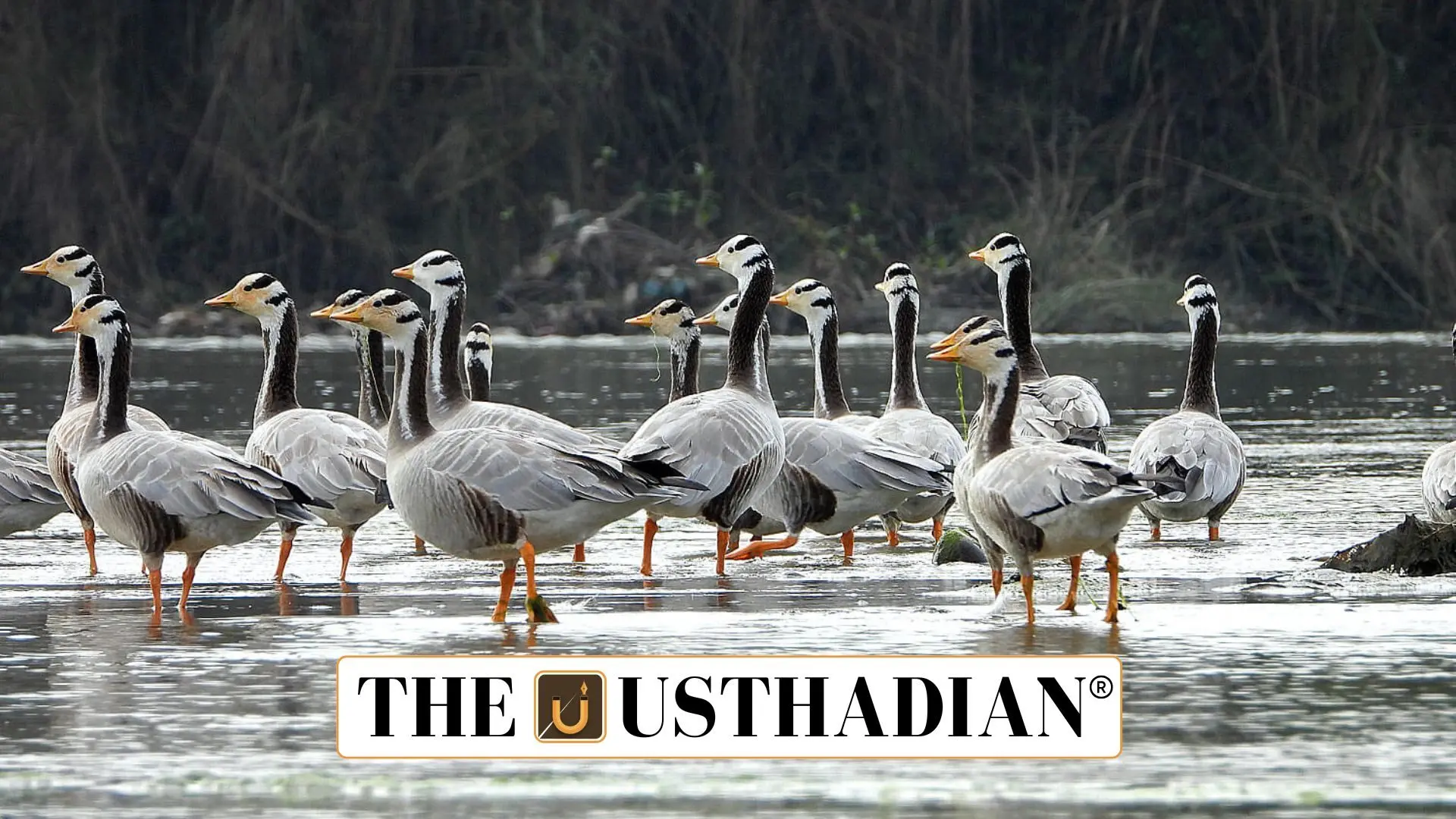India’s Critically Endangered Birds: A Vanishing Treasure
Bird Conservation in India and the Mediterranean: A Wake-Up Call for 2025: India is home to more than 1,300 bird species, yet many face the grim threat of extinction. As per the IUCN Red List 2010.1, 14 bird species from India are currently classified as Critically Endangered (CR). This status reflects an extremely high risk of extinction in the wild. Among these are the White-rumped Vulture, Red-headed Vulture, Forest Owlet, and the elusive Himalayan Quail. These birds are victims of habitat loss, toxic veterinary drugs, hunting, and lack of public awareness.
Conservation Gaps in the Mediterranean Region
A recent report has revealed alarming trends from the Mediterranean littoral, spanning Europe, North Africa, and West Asia, where millions of birds are still illegally killed, trapped, or traded. Despite the Convention on Migratory Species (CMS) Rome Strategic Plan aiming to halve such activities by 2030, 38 out of 46 countries are not on track to meet the goals. Birds like the European Turtle Dove, Egyptian Vulture, and European Goldfinch continue to face mass slaughter, threatening regional biodiversity.
International and Indian Legal Protections
The Bern Convention (1979) was the first treaty to protect bird species and their habitats in Europe. The CMS Strategic Plan builds upon it. In India, the Wildlife Protection Act, 1972, offers Schedule-I protection to many rare birds. Further, India is aligned with the Central Asian Flyway conservation efforts and has signed non-binding MoUs with CMS for species like the Siberian Crane, Raptors, and Dugongs.
India also adopted a National Action Plan for the Conservation of Migratory Birds (2018–2023). It focused on international cooperation, habitat protection, and data collection. However, many of India’s critical habitats continue to suffer from encroachments, pollution, and illegal poaching.
The Way Forward for Bird Conservation
The data is a reminder that conservation cannot be delayed. Protecting birds is not just about preventing extinction but preserving ecological balance, seed dispersal, and pest control. India must strengthen enforcement, enhance community-based conservation, and promote awareness campaigns across states.
At the international level, better data sharing, funding, and cross-border partnerships are needed. Just as India collaborates on CMS species, similar efforts must be scaled up for all threatened birds, migratory or resident.
STATIC GK SNAPSHOT
| S. No. | Bird Name | Scientific Name | Family | Status |
| 1 | White-rumped Vulture | Gyps bengalensis | Accipitridae | CR |
| 2 | Indian Vulture | Gyps indicus | Accipitridae | CR |
| 3 | Slender-billed Vulture | Gyps tenuirostris | Accipitridae | CR |
| 4 | Red-headed Vulture | Sarcogyps calvus | Accipitridae | CR |
| 5 | Pink-headed Duck | Rhodonessa caryophyllacea | Anatidae | CR |
| 6 | White-bellied Heron | Ardea insignis | Ardeidae | CR |
| 7 | Sociable Lapwing | Vanellus gregarius | Charadriidae | CR |
| 8 | Christmas Frigatebird | Fregata andrewsi | Fregatidae | CR |
| 9 | Jerdon’s Courser | Rhinoptilus bitorquatus | Glareolidae | CR |
| 10 | Siberian Crane | Grus leucogeranus | Gruidae | CR |
| 11 | Bengal Florican | Houbaropsis bengalensis | Otididae | CR |
| 12 | Himalayan Quail | Ophrysia superciliosa | Phasianidae | CR |
| 13 | Spoon-billed Sandpiper | Eurynorhynchus pygmeus | Scolopacidae | CR |
| 14 | Forest Owlet | Heteroglaux blewitti | Strigidae | CR |








